Axon’s Automotive Anorak: Stripes on cars – yes or no?
After many years of arriving for work at the Goodwood Motor Circuit, I’ve become slightly immune to some of the machinery that often turns-up at the circuit for an enjoyable day on the track; cars that if you saw them individually out on the road would make you look twice, at the very least.

I well recall, for example, arriving at the office to be greeted by no less than seven Bugatti Veyrons neatly lined-up in a row a few years ago, never mind the (ordinarily exceptional) sight of brand-new Rolls-Royce models sedately tackling the circuit. There’s an occasional appearance of the hypercar exotica from Pagani, Koenigsegg, Zenvo and so on, too.
Therefore, by comparison, the undercoat grey-coloured Volkswagen Golf parked outside of the GRR office recently shouldn’t have merited a second glance. After all, it was just a Golf, a car that we are all so used to seeing every day that it just blends into the background (particularly when painted grey!).
Something about this Golf was different though, so different that it made me turn on my heels and go back to the car to take a second look. The VW in question was a brand-new Golf GTI, albeit a special version, the limited edition run-out TCR, parked outside the office for a GRR road test.
The TCR differs to a standard run-of-the-mill Golf GTI in a few subtle ways. It has an extended front splitter, roof spoiler and rear diffuser, for example, as well as different matt black alloys and carbonfibre door mirror covers. All fine additions, but surely not worthy of returning to the car for further inspection?
No, what really caught my eye was the astonishing graphics stuck on the side of the Golf, an odd and (in my view) hideous elongated black diamond formation that looked like graffiti sprayed on by a five-year-old child, with a pattern that would look far more at home on some 1980s kitchen tiles or a mid-range hotel bathroom. Yuk!
Thankfully these tacky hexagonal side decals can be dispensed with when placing an order, effectively as no-cost option, but I will wager that the majority of all Golf GTI TCR buyers will retain these frightful graphics to show the world that their VW is one ‘better’ than the regular GTI parked next to it. As a heads-up, if you are one of these prospective TCR owners, I for one will be the chap alongside you at the traffic lights pointing and laughing at these absurd and revolting graphics stuck onto this ultimate automotive expression of conspicuous consumerism.

Stripes and ‘lively’ vehicle graphics are nothing new, of course, as we have all seen and mocked on many caravans, motorhomes and ‘hey, look at me’ coaches over the years. They are also a very much an inexpensive and quick fix solution to creating a special edition car as well, such as this run-out Golf TCR.
Stick-on stripes and graphics can sometimes work to great effect of course, helping to enhance the look of a car in a few cases. Fine examples of this include the early 1970s Lotus Europa Twin Cam, which was considerably enhanced visually when the ‘JPS’ graphics were added. These not only linked directly to John Player Special’s Lotus tobacco sponsorship in period, with the iconic black and gold livery of the JPS Lotus 72 Formula One cars, but also helped to break-up the bulbous shape of the Europa. The early-80s blue, red and silver ‘Essex’ F1 livery decals of the special edition Lotus Esprit also worked with similar success.
Occasionally a few stick-on stripes and graphics can do much to enhance the appearance and notoriety of certain cars and really make them stand out from the crowd. What would a Lotus Cortina be without its iconic pale green side flashes, for example, not to mention the contrasting two-tone ‘belly’ section of a Talbot Sunbeam Lotus, or the iconic Martini stripes found on certain Lancia Delta Integrale models?
The giant ‘funky chicken’ decal on the bonnet (or should that be hood) of a Pontiac Firebird Trans-Am or the leery golden eagle graphics of the special edition late-70s Jeep CJ5 of the same name add a definite all-American air of excess. The American-market Mazda RX3-SP, built in Japan specifically for the USA, took stick-on graphics to the extreme using outlandish stripes to aggressively accentuate the muscular curves of this rotary-powered coupe.

In Europe local tastes during the same era dictated rather more sober graphics being added to highlight models with performance aspirations, such as the stick-on thick rear bands plastered at the rear of the hot shot Simca 1000 Rallye 2 (setting an added-stripes tradition for subsequent sporting PSA Groupe ‘Rallye’ editions, such as the Peugeot 205 and Talbot Samba). Appealing blue and red stripping was added to the fearsome BMW 2002 Turbo, too (the Turbo graphic on the deep front spoiler originally being a mirror image to alert fellow road users of the fast BMW’s imminent arrival in their rear view mirror, until this was banned by the German authorities for being ‘too aggressive’).
Other ‘tasteful’ recipients of stick-on stripping include the distinctive graduated side body graphics of the 1981 Ford Fiesta Supersport, the bold optional stickers and stripes of the tangerine-coloured Bond Bug (which included the three-wheeler’s octane rating stuck around the fuel filler cap and p.s.i. tyre pressures atop the rear wheel arches), the optional ‘hockey stick’ stripes on a Honda Z Coupe, plus the bold roof graphics popularised on the BMW-era Minis and (Citroen) DS3.
The limited-run 1985 Vauxhall Nova Sport was notable for its unusual and extensive graduated grey (with red and yellow accents) stick-on graphics; the car that first took Scottish rallying legend Colin McRae to some of his earliest rally victories. Vauxhall’s subsequent GTE, GSi and VXR graphics on the sporting derivatives of the Luton marque also added extra spice and style to the humdrum base models, as did the white/yellow/grey decals of German cousin’s Opel Ascona and Manta 400 homologation specials.

More recently, the nostalgic white and red graphics stuck on to the new American-market 50th anniversary Nissan 370Z – recalling the livery of the highly successful SCCA competition Datsun 240Z of half-a-century ago – work very effectively, as do the distinctive Peugeot 208 GTi and 308 GTi optional graphics with the ‘sliced off’ two-tone black rear section, or ‘Coupe Franche’, as it’s officially known.
These are a few front-of-mind examples of how stick-on stripes and decals can enhance a car. But oh, please don’t get me started on the catastrophic graphics that have disgraced so many other vehicles, such as the Austin Allegro Equipe with its faux ‘sporting’ side stripes, the ‘urgent’ splash on the new Mercedes-Benz X-Class Element Edition, not to mention the new limited edition (thankfully) Alfa Romeo Giulia and Stelvio ‘Racing’ models. Defacing of such fine, handsome Alfas seems like sacrilege to me, the vandalism of such stylish and capable machines being out of sync with the grace and elegance that the Giulia and Stelvio deserve. And as for those Golf TCR graphics, words fail me!
Axon's Automotive Anorak
Volkswagen
Golf
Lotus
BMW
Peugeot





